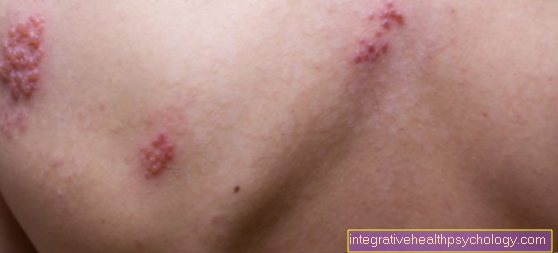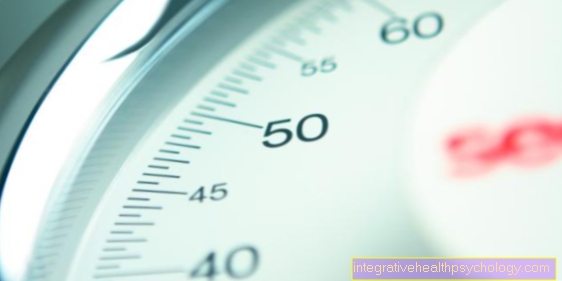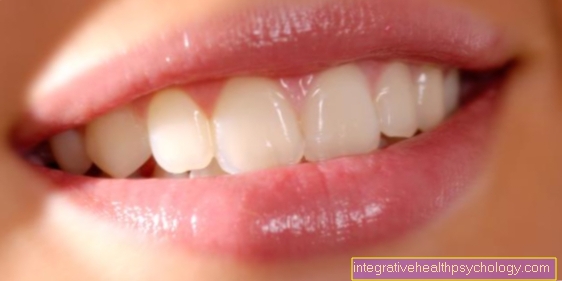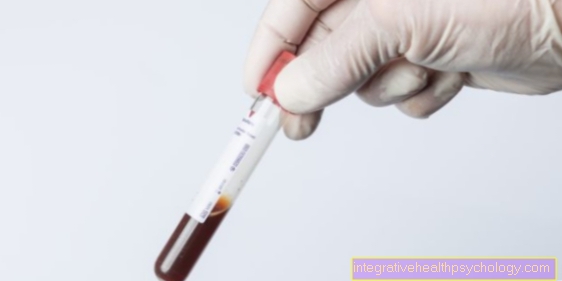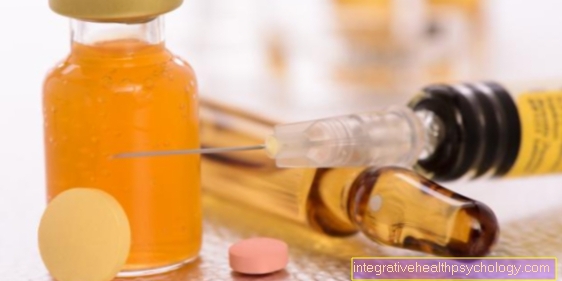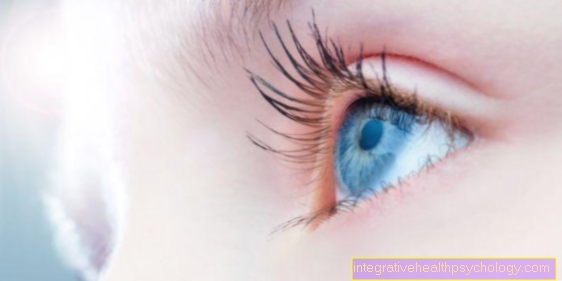Hibiscus (Hibiscus sabdariffa), red mallow
Mallow family
Common name
Marshmallow
Plant description
The home of the plants are the tropical areas of our earth, there are many different species. The parent plant grows in Sudan and is often planted as an ornamental plant. The dark red and thick-fleshed flowers, also called roselles, stand alone on the leaf axils. Five-way capsule fruits are formed.
Plant parts used medicinally
The flowers, gently dried in the shade.
Ingredients
Fruit acids (citric acid, malic acid, tartaric acid), anthocyanins, flavonoids.
Medicinal effect and application
Hibiscus flowers are often used to add teas, they taste sour and change the appearance of a tea mixture optically for the better, and the finished tea is colored red. Folk medicine also knows hibiscus flowers as slightly laxative, antispasmodic and anti-inflammatory.
A Hibiscus flower tea tastes refreshing, especially when drunk cold.
preparation
A large amount of tea is made from a heaped tablespoon of dried hibiscus flowers. Pour 1 liter of boiling water over it, let it steep for 10 minutes and strain. It can be drunk daily as a house tea.
Side effects
Side effects are not to be feared.




